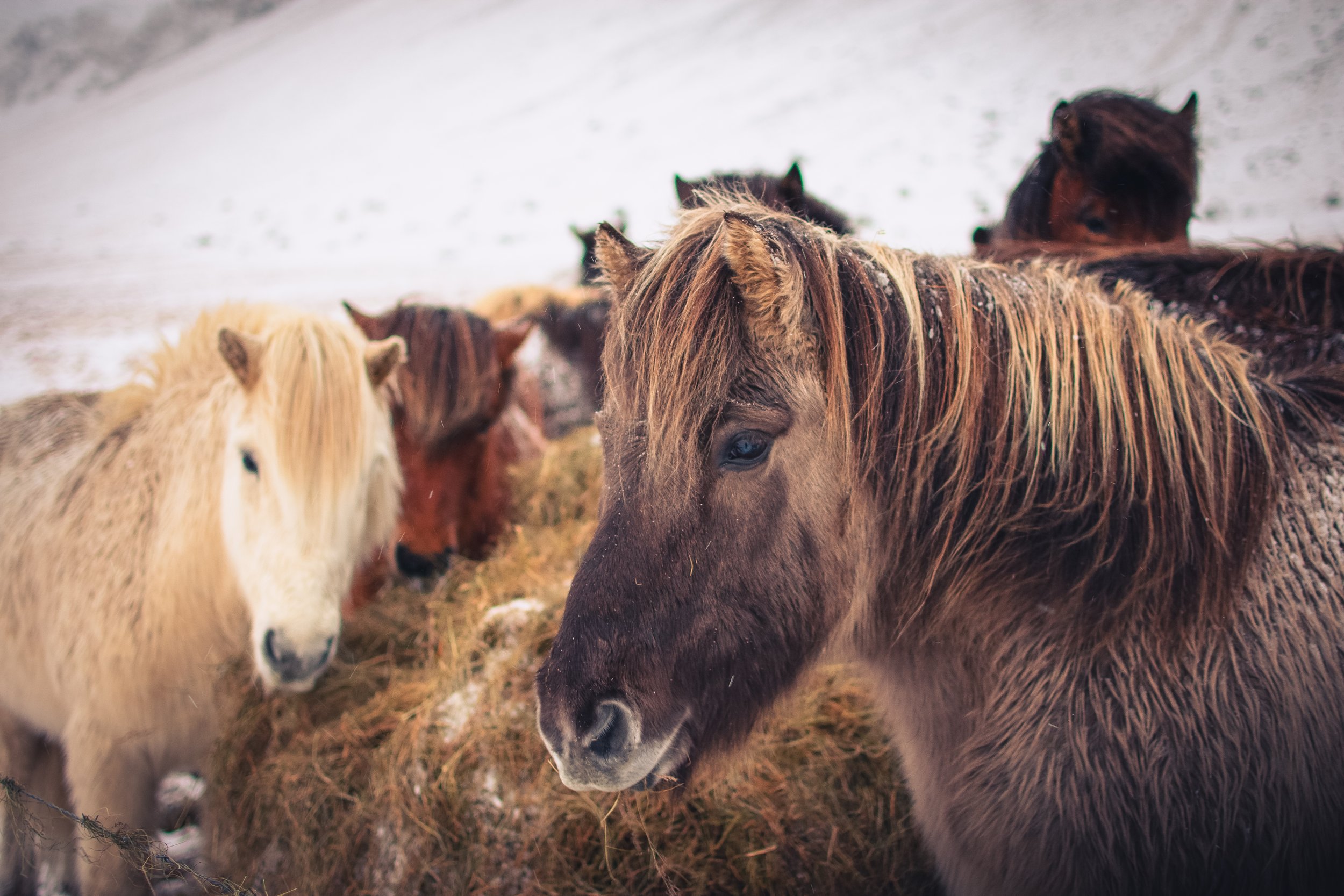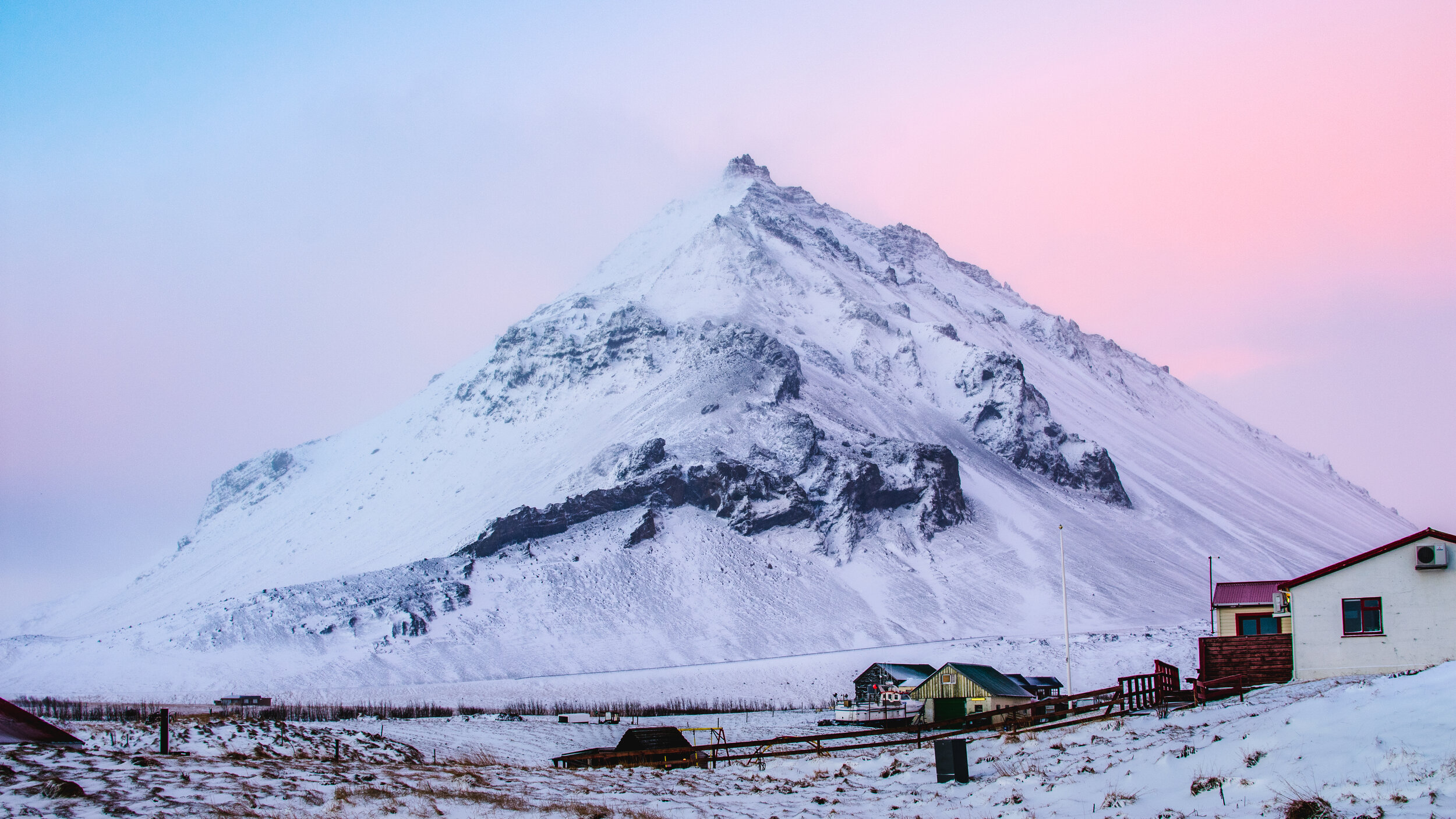5 Tips for Sharper Images: A Photographer's Guide
Tip 5: ISO: Better Off Low
Understanding the Trade-Off:
ISO controls the sensitivity of your camera's sensor to light.
Higher ISO = the sensor needs less light to create a properly exposed image.
BUT, this comes at the cost of increased image noise, which appears as a grainy texture, especially in darker areas of your photos.
Shoot at the lowest possible ISO: This is your baseline for the cleanest images.
Use Noise Reduction Software: Post-processing tools (like in Lightroom or Photoshop) can help reduce noise, but be careful not to overdo it and soften important details.
Tip 4: Straight And Narrow
Depth of Field (DoF): This is the zone of acceptable sharpness in front of and behind your focus point.
Wide Apertures (low f-numbers like f/1.8): Produce shallow DoF, isolating the subject beautifully but making it critical to nail focus.
Narrow Apertures (high f-numbers like f/11): Increase DoF, great for landscapes where you want everything sharp. Note: they require more light or longer shutter speeds
Conclusion:
For me personally, I keep my f-stop at f11-f18 when shooting landscapes.
Tip 3: Just Double It
The Rule: Aim for a shutter speed at least double your effective focal length. For example, if shooting with a 100mm lens, aim for a shutter speed of 1/200th of a second or faster. This is especially important when shooting handheld.
Why it Matters: This rule helps minimize camera shake, those subtle movements in your hands that get amplified by longer lenses. Faster shutter speeds freeze those movements, giving you sharper images.
Exception:
Image Stabilization (IS/VR): Systems in lenses or camera bodies compensate for shake, sometimes allowing 1- 3 stops slower shutter speeds. It's a great aid, but not a cure-all for major movement.
Tip 2: Choose The Right Focus
Autofocus Modes:
Single-Shot (AF-S): The camera locks focus once on the chosen subject and won't refocus unless you release the shutter button. Perfect for still subjects or when you've pre-focused and recomposed your shot.
Continuous (AF-C): The camera continually tracks and refocuses on the subject as long as the shutter button is half-pressed. This is best for moving subjects, whether their movement is predictable (cars on a track) or unpredictable (birds in flight).
Automatic (AF-A): The camera tries to intelligently switch between the above modes based on whether it detects movement. It's a good default for beginners, but less reliable than mastering the other modes for specific situations.
Focus Point Selection
Most cameras let you select individual focus points or groups of points. Placing a focus point directly over the most critical part of your subject (the eye in a portrait, the wingtip of a bird) maximizes sharpness.
Tip 1: The Stability Factor
Handheld vs Tripod: Handheld is great and for the most part when I am hiking, that is all I do. However, when I am wanting to really capture a moment, I bring out the tripod. If you are really looking for something to give you those sharp images, a good tripod is going to make all the difference in the world.
Why a tripod matters:
Long Exposures: Capture silky waterfalls, smooth seascapes, or light trails with shutter speeds running seconds – or even minutes!
Low Light: If you must use a slow shutter speed handheld, a tripod will save you from blurry mess when light levels dip.
Extreme Precision: Macro focus stacking or architectural photography often demand absolute stillness for maximum sharpness.
Features to Look For:
Material:
Carbon Fiber: Lightweight, strong, and excellent at dampening vibrations... but comes at a higher price.
Aluminum: Cheaper and still sturdy, but heavier and can transmit vibrations a bit more.
Leg Locks:
Twist Locks: Faster to deploy, but can loosen subtly over time
Flip Locks: More secure, though slightly slower to adjust.
Maximum Height: This matters for your own comfort. No one likes to hunch when shooting. Center columns add height, but can be slightly less stable.
Weight vs. Stability: Heavier tripods are a pain to carry, but more wind resistant. Balance your needs.
Head Type: Ball heads (this is what I prefer) are most common for stills, but fluid heads offer smooth panning for video.
The tripods I use and trust:
High end: Manfrotto Befree Advanced 4-Section Carbon Fiber Travel Tripod with 494 Center Ball Head, Black
Mid range: Benro SLIM Carbon Fiber Lightweight Travel Tripod Kit
Budget Friendly (still a really good option): GEEKOTO 77’’ Tripod, Camera Tripod



